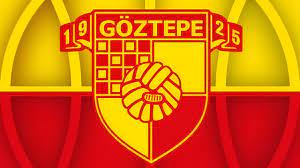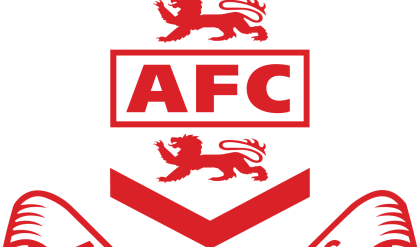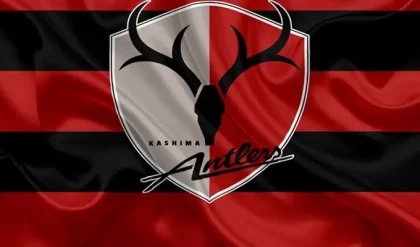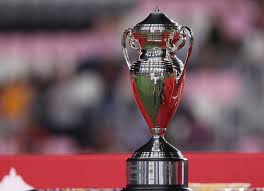Dundee United FC’s story transcends their golden era; it weaves through challenges, rebuilding, and aspirations that reflect the dynamic nature of Scottish football. This section delves into how the club has navigated a fluctuating landscape while remaining an essential part of the community and competitive football.
Transition and Dundee United FC
The early 2000s marked a transitional phase for Dundee United FC. Emerging from the shadows of their historical success, the club faced daunting realities that challenged its very existence in the Scottish Premier League tải app socolive.
While the allure of their previous accomplishments lingered, the financial strains manifested into performance inconsistencies on the pitch. A series of managerial appointments aimed to stabilize the club were often marred by limited success.
The fluctuating performance, ranging from mid-table mediocrity to flirting with relegation, highlighted the increasing competitiveness in Scottish football. The likes of clubs such as Motherwell and Hibernian began to emerge as formidable opponents, further limiting Dundee United’s ability to secure top-six finishes. This competitive environment demanded both strategic innovation and financial prudence.
Despite these challenges, the club embarked on essential youth development initiatives, laying the groundwork for a more sustainable future. Their focus on nurturing homegrown talent became not just a strategy for survival but a philosophical commitment to retaining ties with the local community.
Managerial Changes and Tactical Shifts
The 2000s and 2010s marked a cycle of managerial upheaval that shaped Dundee United’s tactical framework. Throughout this period, a variety of coaching philosophies emerged, reflecting changing trends in football tactics and team management.
Prominent managers, including Craig Levein and Peter Houston, brought their tactical insights to the club. Levein’s tenure, characterized by organized defense, sought to build a strong backbone for the team, while Houston encouraged more attacking flair by integrating youth players into the first team.
These shifts catered to the ever-evolving nature of contemporary football, where understanding opponents, advanced metrics, and physical conditioning became increasingly crucial. By embracing innovative training methods and emphasizing collaboration, the club attempted to uphold its identity while progressing into modern strategies.
Amidst these transitions, fans passionately experienced each managerial change, often oscillating between cautious optimism and frustration, reflective of their unwavering loyalty to the club.
Youth Development and Community Engagement
Dundee United FC stands as a testament to the importance of nurturing local talent and engaging with the surrounding community. Their youth academy has cultivated several gifted players who have not only impacted the first team but have also made their mark on the national stage.
The commitment to youth development is evident in how the club invests in scouting local talent from Central Scotland. Young prospects are trained in a robust system aimed at honing their skills, tactical awareness, and mental resilience to adapt to professional standards. This commitment serves as a dual incentive—boosting the first team with local players and serving as motivators for young fans who aspire to wear the iconic orange jersey.
Moreover, the club has embraced community engagement initiatives, ensuring that their identity resonates beyond football. A variety of outreach programs, including school partnerships and charitable events, have reinforced the club’s functionality as a community pillar. Recognizing their role, Dundee United FC has positioned itself as a source of pride for fans, actively promoting inclusivity and participation with the city of Dundee at the heart of their mission.
Recent Seasons and Future Prospects
The recent seasons of Dundee United FC reflect a resurgence of spirit and ambition that harkens back to their glory days. The successful promotion to the Scottish Premiership in 2020 prevails as a crucial endorsement of their strategic vision, acting as a fresh start infused with optimism.
With a clear ambition, the club has not rested on its laurels. Investments in player recruitment have marked a shift in strategy, one that embraces the understanding that modern football requires a blend of experienced players and enthusiastic youth talent. A keen eye for potential talent from rival clubs, as well as investing in scouting abroad, is now central to their recruitment strategy.
Plans for enhancing stadium facilities and fostering a more vibrant match-day atmosphere speak to their proactive approach to improving the fan experience. The involvement of supporters in the club’s vision has become paramount, as it reaffirms the bond between the team and its loyal fans.
Looking ahead, Dundee United FC aims to secure its standing among Scottish football’s elite. The collective resolve exhibited over recent seasons bodes well for future ambitions, with aspirations of challenging for silverware once again. As the club aims to carve out its legacy, the determination to learn from past mistakes, innovate, and honor its rich traditions remains at the forefront of their journey.
Conclusion
Dundee United FC’s journey through the annals of Scottish football is a narrative rich in resilience, community engagement, and aspirations that continually lift the club’s identity. From the triumphant highs of their golden age to navigating through adversity, the club’s ethos reflects an unwavering dedication to football and its supporters.
In the modern era, despite facing challenges, Dundee United FC commitment to fostering talent and engaging with its roots ensures that it remains an integral pillar of Scottish football. As the team pushes forward, with exciting prospects on the horizon, they stand poised to reclaim their significant role within the league and continue their story of community, passion, and loyalty.





